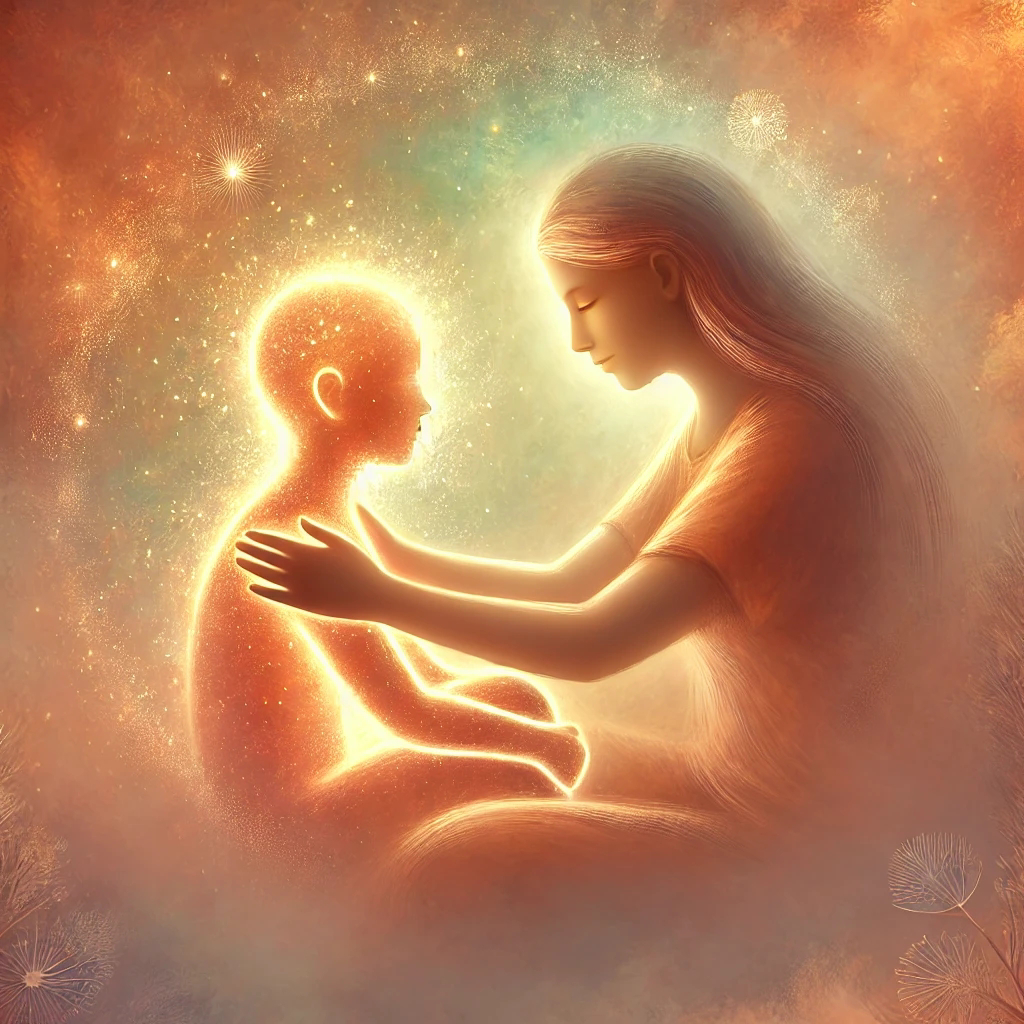In the hustle and bustle of adult life, we often forget the child we once were. That child, with their dreams, fears, and vulnerabilities, still resides within us. This is what we call the "inner child"—a part of our subconscious that holds the memories, emotions, and experiences of our younger selves. Healing the inner child is a transformative process that allows us to reconnect with our authentic selves, address past wounds, and cultivate a sense of wholeness.
### What Is the Inner Child?
The inner child represents the part of us that is playful, curious, and full of wonder. However, it also carries the pain, unmet needs, and unresolved emotions from our childhood. These experiences, whether they stem from neglect, trauma, or even seemingly minor incidents, can shape our beliefs, behaviors, and relationships as adults (Bradshaw, 1990).
When the inner child is wounded, it may manifest as self-doubt, fear of abandonment, difficulty trusting others, or a tendency to self-sabotage. Healing this part of ourselves is essential for personal growth and emotional well-being.
### Signs Your Inner Child Needs Healing
- **Recurring Patterns:** You notice repetitive behaviors or emotional reactions that stem from unresolved childhood experiences (Siegel, 2012).
- **Self-Criticism:** You struggle with feelings of inadequacy or a harsh inner voice.
- **Fear of Vulnerability:** You find it challenging to open up or trust others.
- **Unexplained Sadness:** You feel a lingering sense of sadness or emptiness without a clear cause.
- **Difficulty Setting Boundaries:** You have trouble saying no or asserting your needs.
### Steps to Heal Your Inner Child
1. **Acknowledge Your Inner Child**
The first step is to recognize that your inner child exists. Visualize them, imagine their face, and connect with their emotions. This acknowledgment creates a foundation for healing (Whitfield, 1987).
2. **Revisit Your Childhood**
Reflect on your childhood experiences. What were your happiest moments? What were your most painful ones? Journaling can be a powerful tool to explore these memories and identify patterns that still affect you today (Pennebaker, 1997).
3. **Practice Self-Compassion**
Treat yourself with the kindness and understanding you needed as a child. Replace self-criticism with affirmations and gentle encouragement. Remember, healing takes time (Neff, 2011).
4. **Reparent Yourself**
Reparenting involves giving your inner child the love, support, and validation they may have missed. Speak to your inner child as a nurturing parent would, offering reassurance and unconditional love (Bradshaw, 1990).
5. **Engage in Play**
Rediscover the joy of play and creativity. Whether it's painting, dancing, or simply spending time in nature, these activities can help you reconnect with your inner child and bring a sense of lightness to your life (Brown, 2010).
6. **Seek Professional Support**
Therapy, particularly inner child work or trauma-focused therapy, can provide a safe space to explore and heal deep-seated wounds. A therapist can guide you through the process and offer valuable insights (Van der Kolk, 2014).
7. **Set Boundaries**
Protect your inner child by setting healthy boundaries in your relationships and daily life. This ensures that you prioritize your well-being and create a safe environment for healing (Cloud & Townsend, 1992).
8. **Forgive and Let Go**
Forgiveness is a powerful step in healing. This doesn’t mean condoning harmful behavior but rather releasing the hold it has on you. Forgive yourself for any mistakes and extend compassion to those who may have hurt you (Enright, 2001).
### The Benefits of Healing Your Inner Child
Healing your inner child can lead to profound changes in your life. You may experience greater self-awareness, improved relationships, and a deeper sense of peace. By addressing past wounds, you free yourself from the weight of old patterns and open the door to a more authentic and fulfilling life.
### Final Thoughts
Healing your inner child is not a one-time event but an ongoing journey. It requires patience, courage, and a willingness to face your past with an open heart. As you nurture your inner child, you’ll discover a wellspring of resilience, creativity, and joy within you. Remember, it’s never too late to give yourself the love and care you deserve.
---
### References
- Bradshaw, J. (1990). *Homecoming: Reclaiming and Championing Your Inner Child*. Bantam Books.
- Brown, B. (2010). *The Gifts of Imperfection: Let Go of Who You Think You're Supposed to Be and Embrace Who You Are*. Hazelden Publishing.
- Cloud, H., & Townsend, J. (1992). *Boundaries: When to Say Yes, How to Say No to Take Control of Your Life*. Zondervan.
- Enright, R. D. (2001). *Forgiveness Is a Choice: A Step-by-Step Process for Resolving Anger and Restoring Hope*. American Psychological Association.
- Neff, K. (2011). *Self-Compassion: The Proven Power of Being Kind to Yourself*. William Morrow.
- Pennebaker, J. W. (1997). *Opening Up: The Healing Power of Expressing Emotions*. Guilford Press.
- Siegel, D. J. (2012). *The Developing Mind: How Relationships and the Brain Interact to Shape Who We Are*. Guilford Press.
- Van der Kolk, B. (2014). *The Body Keeps the Score: Brain, Mind, and Body in the Healing of Trauma*. Viking.
- Whitfield, C. L. (1987). *Healing the Child Within: Discovery and Recovery for Adult Children of Dysfunctional Families*. Health Communications.

Comments
Post a Comment